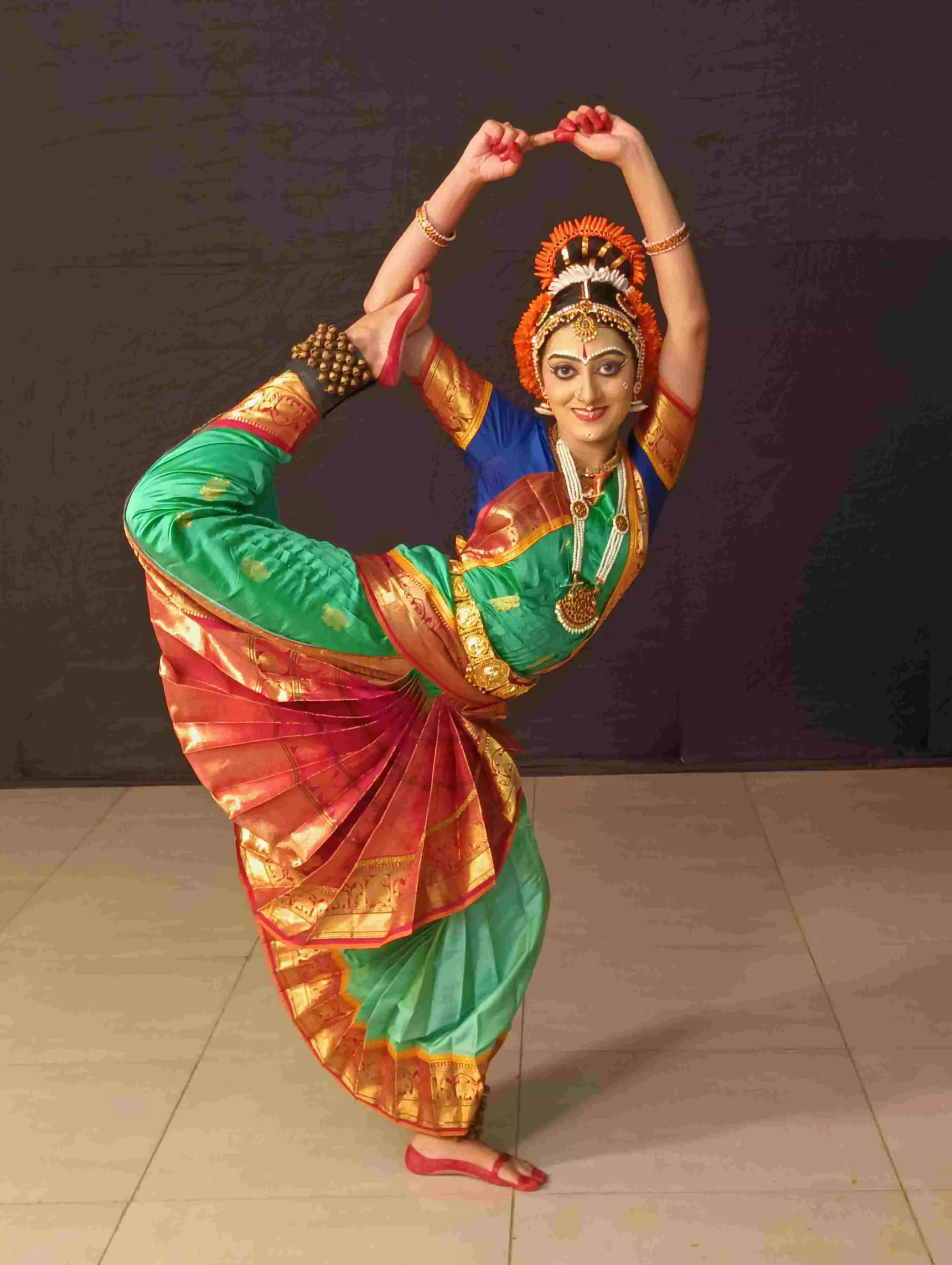Symphony of emotions
The discourse during the seventh edition of Valley of Words will be enriched with an enthralling session on Rasas by Shalini Rao, taking the audience through myriad emotions that decorate the human life

“Yatho Hasta thatho Drishti, Yatho Drishti thatho Manah
Yatho Manah thatho Bhaava, Yatho Bhaava thatho Rasa”
— Natyashastra
“Where the hands go, the eyes
follow; where the eyes go,
the mind follows;
Where the mind goes, emotions take shape; and where there is emotion, Rasa takes form.”
This Rasa will be in full form in the seventh edition of Valley of Words on December 16 and 17 at the festival venue at Dehradun as curator Shalini Rao will take a session on the Nine Rasas of life which encompass all the varied emotions that distinguish a human being from all other life forms. According to the Natyashastra, a treatise created at least two millennium earlier, Rasa is the emotional essence distilled from “the synergy of a script, a musical score, a choreography, lyrics, and a performance” which comes alive as an aesthetic work of art — evoking an emotion or feeling in those witnessing it. The effect — the Rasa — further causes a pronounced resonance in those who are ready and open to embrace it, letting it trigger their own native emotions. They then become Rasiks (connoisseurs) of the art form. When we listen to a song or watch a performance that moves us, it can be said that its creators have been successful at birthing the appropriate Rasa within us; it is especially so if we find the genre appealing to our sensibilities, for it is only then that we become Rasiks. As Shalini Rao puts it so succinctly: if we observe closely, we find Rasa around us everywhere; in our living rooms, in the books we read, the movies we watch, the art forms we pursue, and in all our conversations. Rasa is that intangible, yet discernible, effect of an interaction that manifests in every person. It may differ in its degree of impact depending on our own individual emotional quotient and interests, and yet it affects us all in more ways than we can imagine. A good dancer tells us the story through her hand movements (mudras) with her eyes following those actions. The rhythmic movements illuminate her inner feelings; and when that feeling gets transposed onto the one witnessing it all, the ‘Rasa’ is in full form and force .
How do these Rasas impact us in our practical lives? We have seen how a motivating speech or ballad or war cry has spurred us to take definitive actions (Veera Rasa). There are songs that have moved us to tears (Karuna Rasa). Then we have stand-up acts that have left us with a sense of exhilaration (Hasya Rasa), and more such. These are all examples of Rasa theory in action in contemporary times. It is, therefore, not very difficult to see how immersed we already are in the Rasa. Understanding the Rasa theory can help us become more empathetic and sensitive, furthering our communication skills to better outcomes, an enriched life, and a better tomorrow.
Natyashastra as a living tradition
The remarkable aspect of Natyashastra is not just the fact of its survival as a living tradition even during the turbulent period of our history when the organic link between the state power and patronage of arts were under severe strain because of antagonistic belief systems, but also its evolution over the centuries. And it also shows how equal women and men were in all aspects of Natya and Nritya — in terms of composition, performance, design, patronage, innovation and aesthetic interpretation. When we see the illustrations that accompany the treatise of Abhinavgupta, the tenth century exponent of Kashmiri Saivism as well as of the aesthetics of music, the number of men and women on the performative stage are equal. However, one must acknowledge that while the tradition survived, it did not flourish, and it was only after the establishment of Sangeet Natak Academy in the Centre and patronage from state governments and organizations like VoW that we are now on a positive growth trajectory. This then is the context in which the Iti Nritya vertical of VoW was established last year to celebrate an understanding of the Rasas, and to celebrate the young acolytes of any of the eight classical dance forms: Bharatanatyam, Kathak, Kuchipudi, Odissi, Kathakali, Sattriya, Manipuri and Mohiniyattam, recognized by the Sangeet Natak Academy. It may be mentioned here that the Ministry of Culture has also accorded Chhau the status of a classical dance form. Every year, VoW writes to institutions promoting dance to send us videos of their students between the ages of eighteen to twenty-five for selection by an independent jury, and the three best dancers are invited to perform at the signature event of VoW at Dehradun, thereby giving the dancers a platform to showcase their Rasa to the Rasiks. The winners of this year’s edition include Shubhatrayee Dilip Satwe from Pune (Kathak), Venu Ayachit from Ahmedabad (Kuchipudi), and Srijaini Ghosh from Kolkata (Mohiniyattam). What is most interesting is that the dance forms have moved beyond their traditional geographies. So, while traditionally Kathak had its roots in Awadh (Lucknow), the winner is from Maharashtra, and the winner in the dance form of Kuchipudi is from Gujarat, and Srijaini Ghosh practices her chosen dance form in the city of Joy .
Is this not a true celebration of the spirit of India?
The writer, a former Director of LBS National Academy of Administration, is currently a historian, policy analyst and columnist, and serves as the Festival Director of Valley of Words — a festival of arts and literature.




